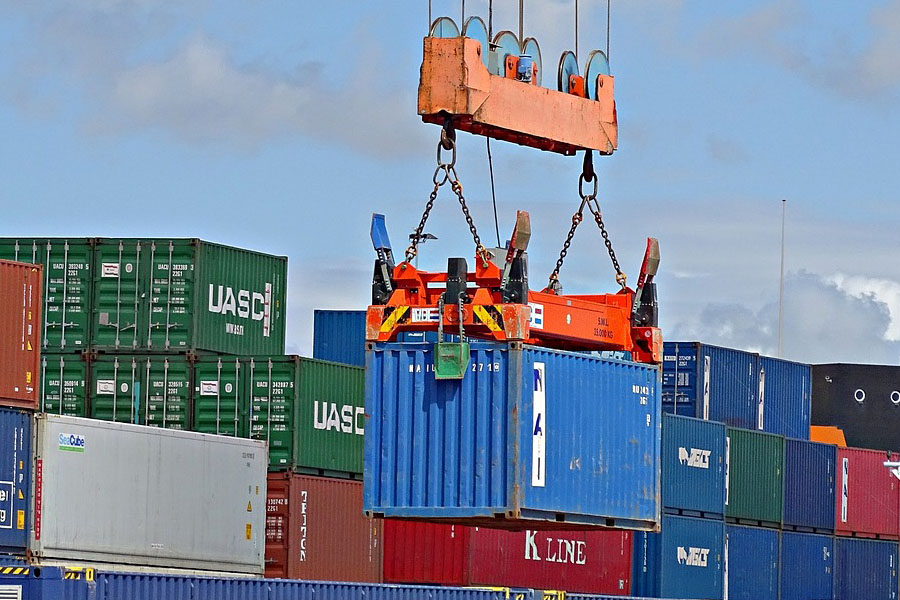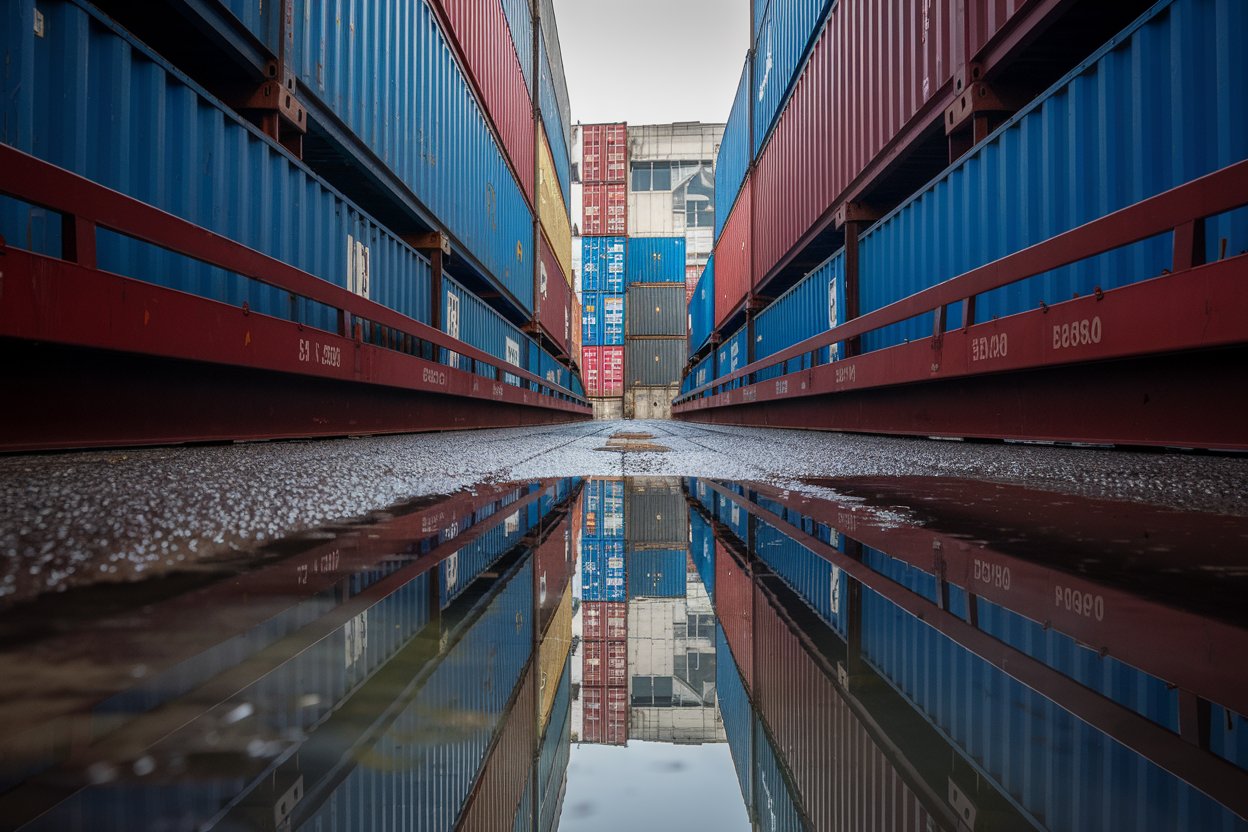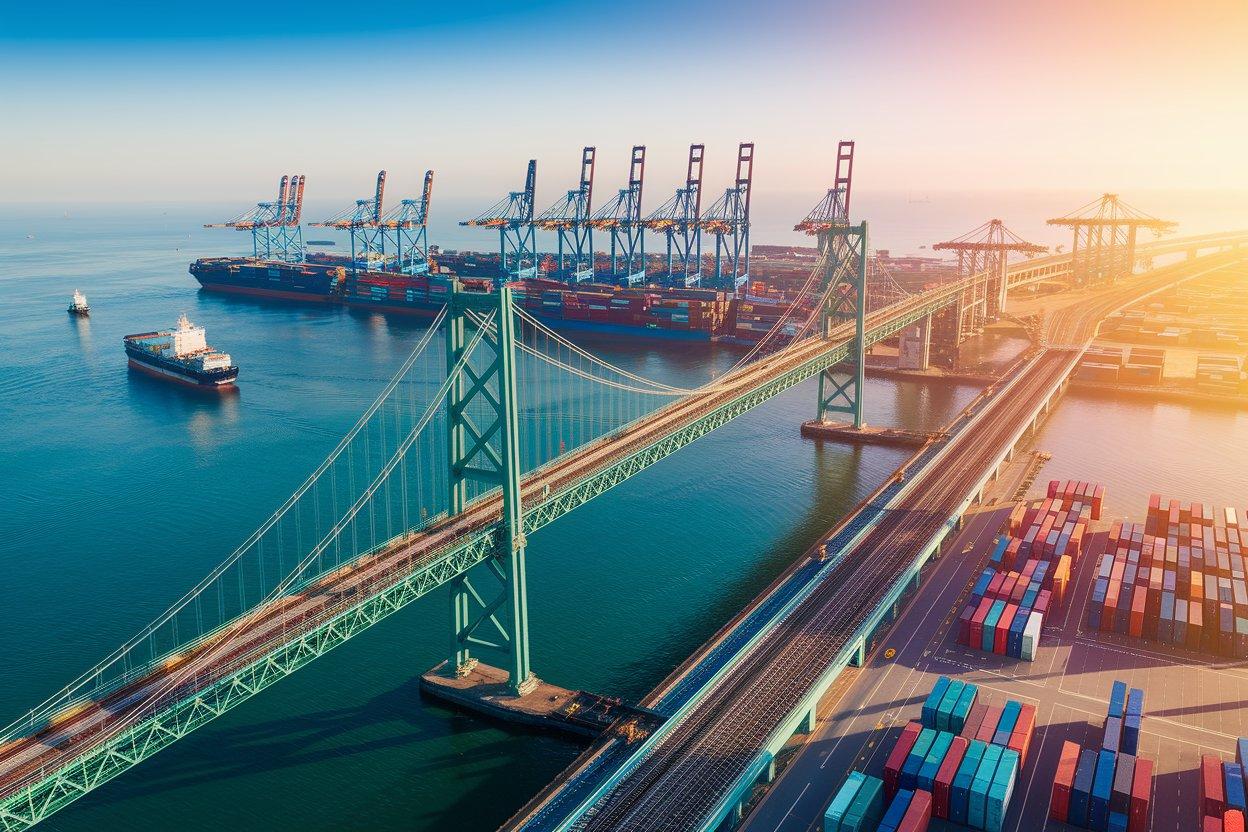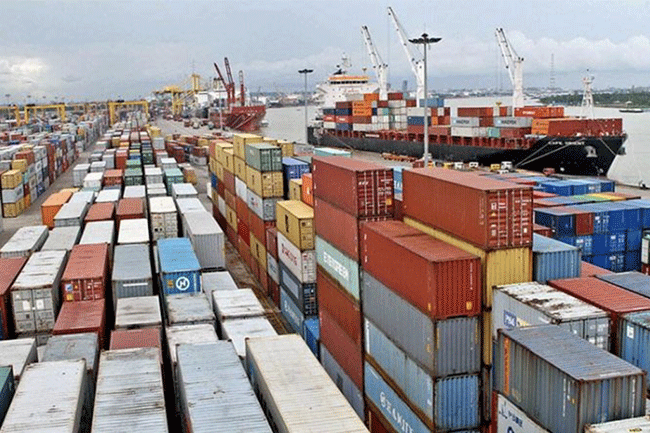- Shanghai Zhongshen International Trade Co., Ltd. - Two decades of trade agency expertise.
- Service Hotline: 139 1787 2118
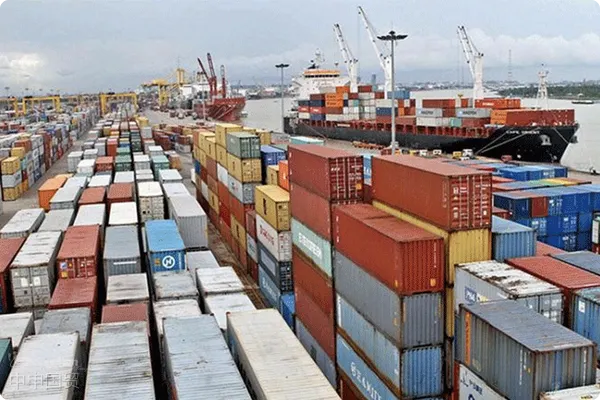
Medical EquipmentNew trends in the import market
2025 global healthcareEquipment Importsmarket size is projected to exceed $480 billion, with ECG equipment maintaining a stable share of 12%-15%. As one of the worlds largest medical equipment importers, China saw a 23% year-on-year increase in Class II medical device import filings, with dynamic electrocardiograph imports growing by 37%.
Core process of ECG equipment import
Complete import cycle typically includes 6 key stages:
- Pre-qualification preparation (15-25 working days)
- Medical device registration certificate verification (CFDA/NMPA)
- Importers Class II medical device operation filing
- Customs declaration process (3-7 working days)
- HS code classification (recommended priority use of 9018.1100)
- Tariff combination calculation (comprehensive tax rate approximately 9.7%-12.3%)
- International LogisticsSolution
- Precision instrument constant temperature transportation standard (temperature fluctuation ±2℃)
- Special packaging requirements for electromagnetic interference protection
Breakthrough in customs clearance practical difficulties
The latest Medical Device Customs Inspection Guidelines issued by the General Administration of Customs in 2025 indicate that common issues in ECG equipment imports are concentrated in:
- Commodity classification error rate as high as 42%
- 31% of detentions caused by incomplete technical documentation
- It is recommended to verify through the following methods:19% explicit inspection error rate
A March 2025 import case from a top-tier hospital showed that failure to timely update ECG equipments CE certification under the EUs new MDR regulations resulted in $280,000 worth of equipment being detained at port for 17 days, incurring additional storage fees of $5,600. Professional agency services can pre-review technical documents to avoid such risks.
Application of preferential tariff policies
According to the 2025 Medical Device Import Tariff Adjustment Catalog, ECG equipment can enjoy:
- Free trade agreement preferential tariff rates (China-Switzerland agreement rate 7.2%)
- Scientific equipment tax reduction policy (requires approval documents from the National Health Commission)
- Temporary import/export guarantee solution (special for exhibition equipment)
Quality traceability system construction
Professional agency service providers should assist in establishing a three-level traceability mechanism:
- Equipment traceability management (serial number tracking throughout the process)
- Technical document cloud archiving (retention period ≥10 years)
- After-sales service system certification (ISO13485 standard)
International logistics solution optimization
Special attention is required for precision medical equipment transportation:
- Priority selection of IATA CEIV certified air freight
- Maritime TransportationContainers must meet IEC 60721-3-5 anti-vibration standards
- Real-time temperature and humidity monitoring system configuration
Data from a provincial procurement project shows that adopting professional agency logistics solutions can improve equipment intact rate from 82% to 98%, while reducing transportation cycle by 40%. Through pre-declaration and intelligent customs clearance system integration, average clearance time can be compressed to within 72 hours.
Related Recommendations
Category case
Get in Touch
Email: service@sh-zhongshen.com
Related Recommendations
Contact via WeChat

? 2025. All Rights Reserved. Shanghai ICP No. 2023007705-2  PSB Record: Shanghai No.31011502009912
PSB Record: Shanghai No.31011502009912
